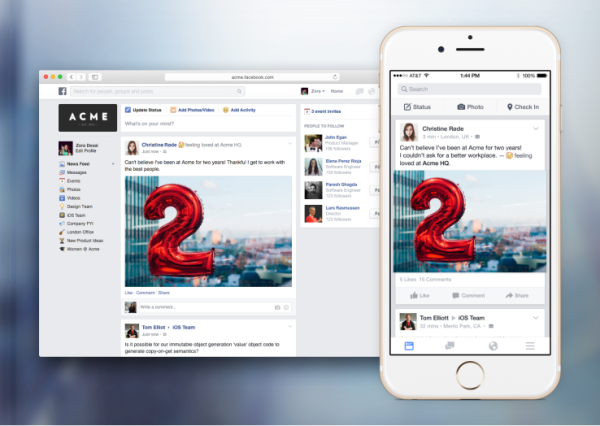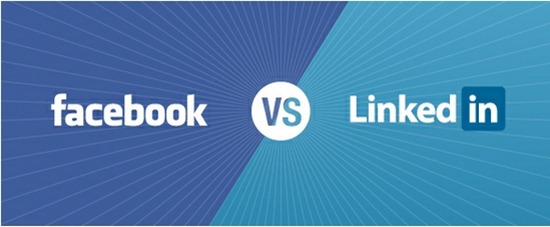Much has been written about how psychology can be used to influence a customer’s behavior, and there are a huge number of theories and treatises on this subject. So I confess here to simplistically distilling my thoughts down the five ways that I use to start the conversation with companies looking to broaden awareness of their product and ramp up growth.
(Interestingly, these may not apply with the early adopter customers. Early adopters get a thrill from being the first to discover something, to try it out and share results. The earlier and the buggier the better. Early adopters want to be ‘in’ on the story before anyone else.)
Affinity
Do I recognise ‘me’ in you. If you’re not speaking to a customer knowing what’s important to them, they won’t trust you. But if you’re speaking their language, and if you’re reflecting what they find difficult, confusing, and problematic (and, how you can solve that problem), then they will feel an affinity with you.
Affinity can be created right at the opening of the door. On the first place a consumer goes to find out about you (usually your website), do you reflect their most pressing problem clearly? Do you explain the solution you are offering?
Familiarity
When someone is familiar, it makes them feel comfortable. Figure out how to have your consumers see you regularly. For example, re-targeting brand ads, done at the right cadence, is one tactic here. Those consumers may not click those ads, but it has been shown they can offer brand lift in a longer sales cycle.
Authority
Who do your consumers trust? Who can talk about you and your product with authority. Everyone would want their brilliantly conceived new product to be blessed by Richard Branson (as if…), or gets the nod on Dragon’s Den. But let’s be more realistic here. If your B2B service, for example, appears on a Gartner Magic Quadrant, that gives your service a seal of authoritative approval that is a little more achievable.
Bandwagon
This is something Slack has done brilliantly. How many have felt that they really had to get onto Slack, because everyone else is? Putting aside for the moment that it’s a product that really only works well if all your colleagues are on it too, it’s a perfect example of the bandwagon effect. Slack fueled the bandwagon effect with their user-onboardng process. to get people to invite their colleagues.
Scarcity
Finally, and this can be hard, there’s value in the scarcity effect. Some of us remember what it was like to be given the ‘golden ticket’ of a Gmail account. (Yes, it really did work like that.) More recently, it was an invitation to Ello. (Which I got, but sadly I haven’t used.) There may be aspects of a product that works for scarcity — an upgrade, new features, extra flare. Or geographical scarcity, special colours — the list goes on. If someone has it, and it’s scarce, others will want it.
Other resources
A few interesting, and I hope useful, resources that go into some detail about the psychological choices that go into the design of offers, landing pages, customer-facing messages:






